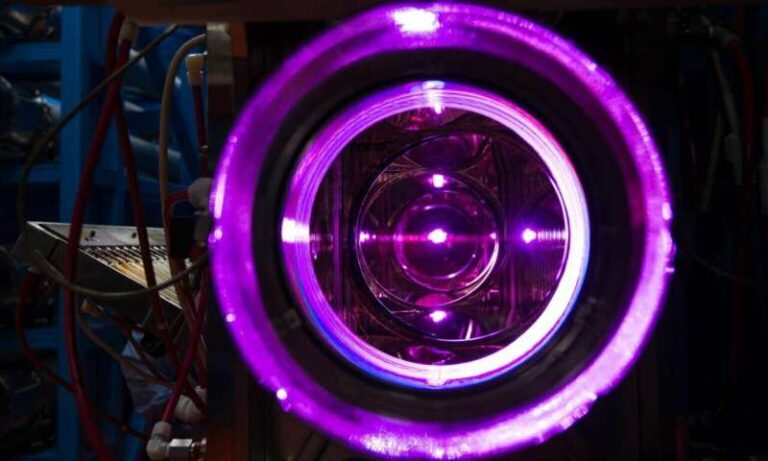Potential Solution for Achieving Large-Scale Fusion Energy Production Unveiled
Groundbreaking Technique Shows Promise for Advancing Fusion Energy Towards Mass Production
For decades, scientists have regarded fusion as an ideal energy source due to its potential to be safe, clean, affordable, and dependable, mirroring the same reaction that powers the sun. Since the 1960s, researchers have been exploring the use of high-powered lasers to compress thermonuclear material, aiming to achieve ignition—the point at which the energy produced from inertial fusion surpasses the energy delivered to the target—thereby unlocking the potential of fusion energy.
In December 2022, scientists achieved ignition at the Lawrence Livermore National Laboratory’s National Ignition Facility, marking a significant milestone. However, numerous challenges remain in transforming fusion energy into a technically and commercially viable solution for widespread production and consumption.
A team of researchers from the Laboratory for Laser Energetics (LLE) at the University of Rochester has now made a groundbreaking experimental breakthrough. They have successfully demonstrated a method called dynamic shell formation, which offers a potential pathway towards the realization of a fusion power plant.
In their published paper in Physical Review Letters, the team, led by senior scientist Igor Igumenshchev and distinguished scientist Valeri Goncharov, discuss their findings. According to Igumenshchev, this experiment showcases the feasibility of an innovative target concept that could enable cost-effective and large-scale production of inertial fusion energy.
The conventional approach to inertial fusion energy
In the conventional approach to achieving inertial fusion energy, a target is formed by freezing a small quantity of hydrogen fuel, specifically deuterium and tritium isotopes, into a spherical shell. This target is then subjected to laser bombardment, resulting in the central fuel reaching extremely high pressures and temperatures. Once these conditions are reached, the shell collapses and triggers fusion.
This fusion process generates a tremendous amount of energy with the potential to drive a power plant that is free of carbon emissions. However, the realization of a fusion power plant, which remains speculative at this point, would necessitate the production of nearly one million targets per day. The current techniques used to fabricate targets through a frozen preparation process are costly and pose challenges in terms of production.
Dynamic shell formation: More feasible, less costly
Dynamic shell formation presents an alternative approach for creating targets in the pursuit of inertial fusion energy. In this method, a liquid droplet comprising deuterium and tritium is injected into a foam capsule. Upon exposure to laser pulses, the capsule transforms into a spherical shell, undergoing implosion and collapse, ultimately leading to ignition. Unlike conventional cryogenic layering techniques employed in the production of inertial fusion energy, dynamic shell formation utilizes liquid targets, eliminating the need for expensive processes. Moreover, the creation of these targets becomes more manageable.
While dynamic shell formation was initially proposed by Goncharov in a 2020 paper, it had not been experimentally demonstrated until now. In a scaled-down proof-of-principle experiment, Igumenshchev, Goncharov, and their team utilized the OMEGA laser at LLE to mold a plastic foam sphere with the same density as deuterium-tritium liquid fuel into a shell, successfully showcasing a crucial step in the dynamic shell concept.
To achieve actual fusion using the dynamic shell formation technique, further research will necessitate lasers with longer and more powerful pulses. Nonetheless, the current experiment indicates the feasibility of dynamic shell formation as a viable pathway towards practical fusion energy reactors.
“By combining this target concept with an upcoming highly efficient laser system being developed at LLE, we can pave a highly promising route to fusion energy,” affirms Igumenshchev.
Provided by University of Rochester
Do not forget to share your opinion with us to provide you with the best posts !




0 Comments